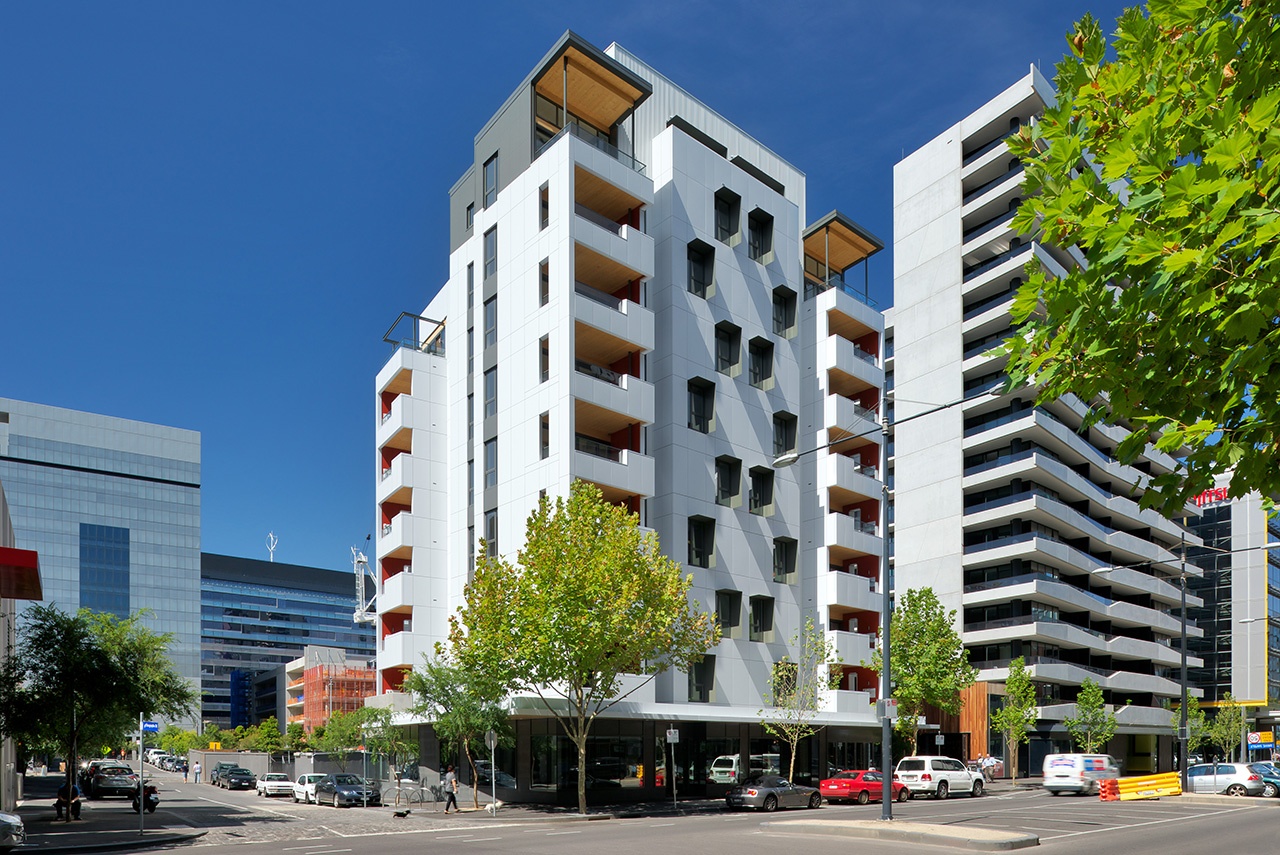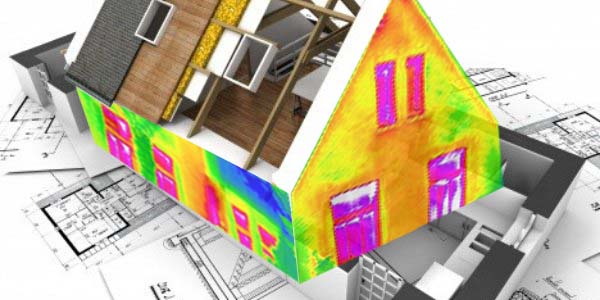A JV3 Report is an alternative assessment method for non-residential buildings which uses a reference building to compare the overall assumed energy consumption of new buildings with respect to their location and climate. Whereas, alternatively a Section J Report offers a simpler assessment and is more suitable for less complex projects.
There are a number of reasons why a JV3 alternative assessment should be part of your new design. In our world, there are no identical buildings when we assess energy consumption.
A building with the exact same design, layout, and building materials, can have a different energy use than its twin which may be many kilometres away. Due to factors like location and specific weather conditions the annual energy consumption can be significantly different.
5 ways that JV3 can help your project budget:
- Underfloor Insulation: a JV3 assessment can achieve a Deemed to Satisfy (DtS) outcome with a reduced amount of underfloor insulation and in turn reduce material costs. This is particularly helpful in areas where ground clearance can be an issue like car parks.
- Design Process: decisions made throughout and up to the last minute in the development process can be accommodated through the JV3 assessment format. This is different in a Section J Deemed to Satisfy (DtS) solution where last minute design suggestions often incur a further cost.
- Glazing: the glazing requirement can allow for single glazed windows to be used, lowering the cost of materials and achieving a satisfactory solution at the same time.
- Insulation Compensation: building elements can have a reduced insulating quality and be balanced by another with a higher threshold. This can mean that more expensive forms of insulation do not necessarily have to cover large spaces and other options can be explored to make the most of your budget.
- Renewables: net-energy usage can be offset through renewable sources such as solar panels. Clients will not only benefit from lower energy costs in the future but will be more likely to achieve a Deemed to Satisfy (DtS) solution in a shorter period of time without having to resubmit or cause variation with a Section J.
When is a JV3 Assessment required?
JV3 can be used as an alternative solution when a section J report is required. This applies when a building’s complex design could be unfavourable toward the Deemed to Satisfy (DtS) requirements under the National Construction Code (NCC). Recently a client experienced the limitations of a Section J report through the restrictions on the colour of their roof. A dark coloured roof was unable to satisfy the Section J requirements and had to change to a JV3. A Deemed to Satisfy solution within a Section J can only have a light coloured roof, anything else requires a JV3 assessment.
JV3 allows much more flexibility with regard to design choices, as architects and designers can create as they see fit as long as it does not exceed the reference buildings' energy usage targets.
JV3 is much like a non-residential equivalent of NatHERS modelling, allowing flexibility to choose glazing and building elements as long as it stays within the annual energy consumption of the Deemed-to-Satisfy (DtS) building.
How can a JV3 report help manage rising building costs?
One of the many benefits of the JV3 report is that it can provide a more flexible design approach, which in turn will help you keep the building costs low.
A JV3 report is a proven method of reducing construction costs as it can provide a higher degree of design flexibility and last minute design changes while still providing energy compliance to the NCC.
Factors like having the ability to replace high-cost measures, double-glazed windows, with low-cost options, single-glazed windows or added insulation, and having no limitations in applying customised building materials are all measures a JV3 report can offer.
Our JV3 consultants can also suggest offsetting the building energy demand with the use of low-cost and energy-efficient renewable solar systems to further manage the building costs of your project.
Need advice? Feel free to get in touch with us and talk to one of our highly qualified technicians and Architects today.
1800 115 661
info@certifiedenergy.com.au







